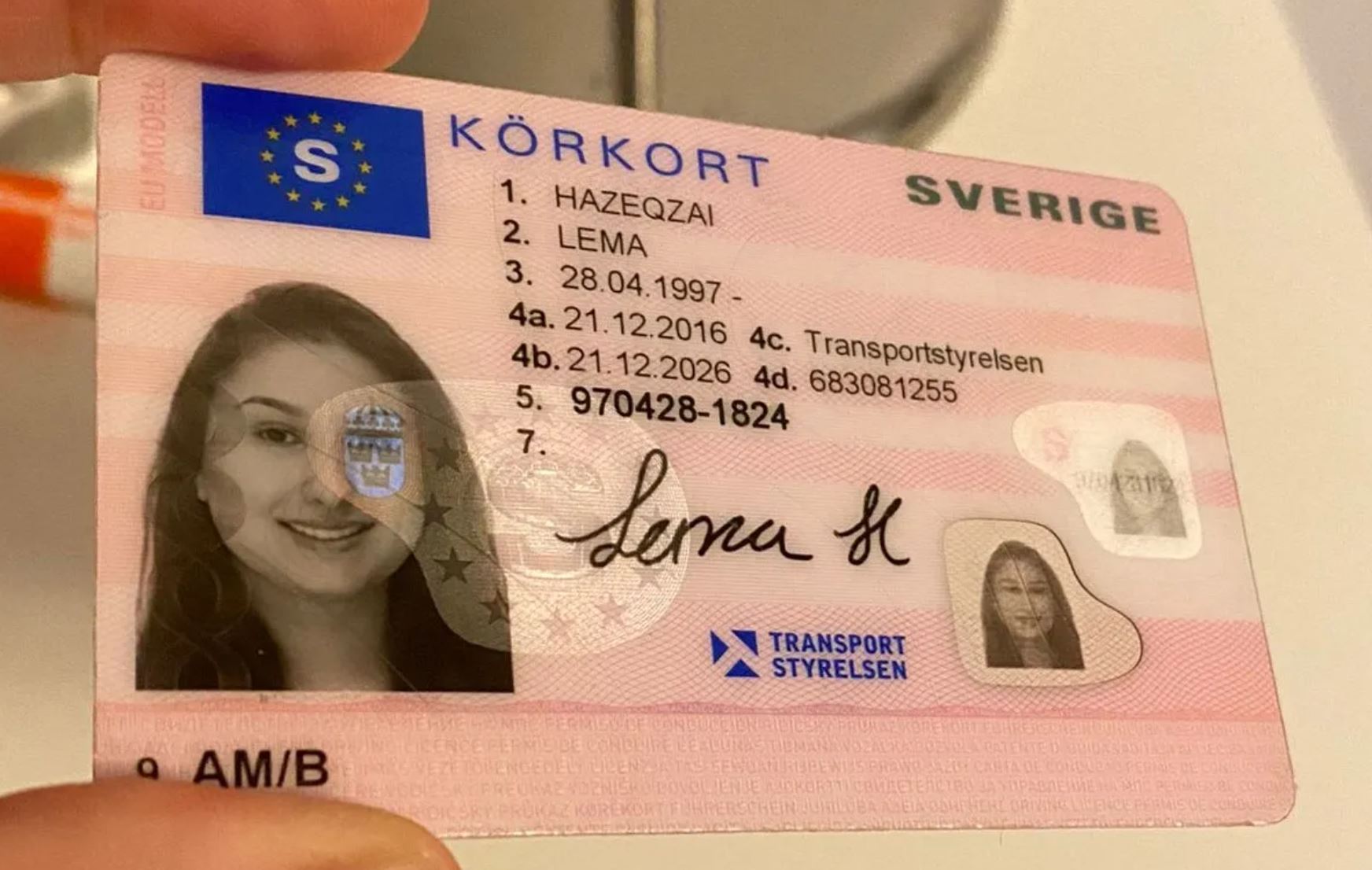Understanding the Driving License: A Comprehensive Guide
A driving license is an essential document for individuals who wish to run a motor vehicle lawfully. This guide intends to provide a thorough understanding of the driving license, including its types, requirements, application procedures, and the significance it keeps in today's fast-paced society.
What is a Driving License?
A driving license is a government-issued file that authorizes a specific to drive a motor lorry on public roadways. This license is essential not only for adherence to the law but also as a step of competency to ensure that drivers have the essential abilities to operate a vehicle securely.
Types of Driving Licenses
Driving licenses vary by jurisdiction, and they can be categorized into a number of types. Here's a breakdown:
| License Type | Description |
|---|---|
| Student's Permit | A provisional license enabling brand-new motorists to practice under particular conditions. |
| Full License | A standard driver's license permitting the holder to operate most types of automobiles without constraints. |
| Commercial License | Necessary for people wishing to operate industrial trucks or buses. |
| Bike License | Specially designated for operating motorcycles and motorbikes. |
| International Permit | Permits individuals to drive in foreign nations, provided they have a legitimate nationwide license. |
Why is a Driving License Important?
Holding a valid driving license has several benefits:
- Legal Requirement: It is a legal need to drive on public roadways.
- Security Assurance: A driving license guarantees that the driver has undergone needed training and examinations to run a lorry securely.
- Recognition: It works as an official form of recognition, often required for various services.
- Insurance coverage Compliance: Many vehicle insurer require legitimate driving licenses as one of the conditions for providing a policy.
- Work Opportunities: Certain tasks require workers to have a legitimate driving license, especially those including transportation.
How to Obtain a Driving License
The process of getting a driving license normally involves a number of steps, which can differ by region. Below is a standard summary of the steps to follow:
- Eligibility Check: Most jurisdictions have age and residency requirements.
- Written Test: Applicants generally should pass a composed exam covering the guidelines of the road.
- Vision Test: A vision evaluation might be required to ensure the applicant can see well adequate to drive safely.
- Practical Driving Test: New motorists must demonstrate their driving skills in a practical test.
- Application Submission: Complete the required forms and submit the essential documentation, including proof of identity and residency.
- Payment of Fees: Pay any involved costs for the application process.
- Waiting Period: Some areas have a probationary duration during which a learner's permit must be held before a full license is released.
Common Requirements for Application
- Proof of identity (e.g., birth certificate, passport)
- Social Security number or equivalent recognition
- Evidence of residency (e.g., utility bills, rental contracts)
- Completion of a motorist's education course (if applicable)
Tables: A Comparative Look at Driving License Categories
The following table highlights distinctions in requirements and functions of different types of driving licenses:
| Type of License | Age Requirement | Testing Requirements | Limitations |
|---|---|---|---|
| Student's Permit | Varies, normally 15-16 | Composed, vision | Requires a licensed grownup in the automobile |
| Full License | Normally 18+ | Written, vision, useful | None (unless specific endorsements use) |
| Commercial License | Generally 18+ | Written, vision, useful, additional tests | Restricted to commercial vehicles just |
| Motorbike License | Varies, typically 16 | Written, vision, practical | Normally limited to motorcycles only |
| International Permit | 18+ | Valid national license needed | Legitimate in countries that recognize it |
Frequently Asked Questions About Driving Licenses
1. How long does it require to get a driving license?
The timeline varies by region and specific situations, however a simple process that includes taking a course and finishing tests might take several weeks to a couple of months.
2. What should I do if I lose my driving license?
In case of loss, report the incident to local authorities and obtain a replacement through the relevant motor automobile department.
3. Can I use an international driving permit in my home country?
Many countries need a valid nationwide license, and an international driving permit is meant for use abroad. Always examine local laws.
4. Exist specific laws for drivers under 18?
Yes, numerous places have graduated licensing laws that enforce limitations on younger motorists, such as traveler limitations and nighttime curfews.
5. What happens if I get caught driving without a license?
Driving without a legitimate license can lead to fines, automobile impoundment, and even legal charges, depending upon local laws.
In conclusion, getting a driving license is a significant milestone for lots of individuals. De Körkort entails a structured process created to guarantee safety and legality on the roadways. Comprehending the types, significance, and application processes can empower prospective chauffeurs to navigate their licensing journey with self-confidence. Whether for individual usage or professional purposes, a driving license is a valuable asset in the contemporary world.

